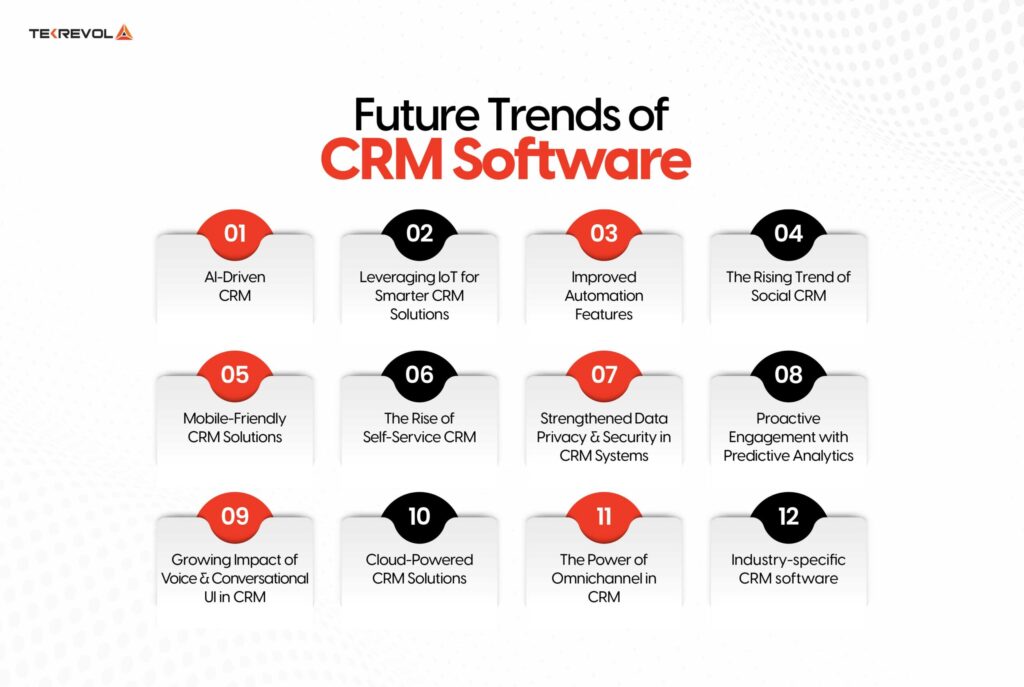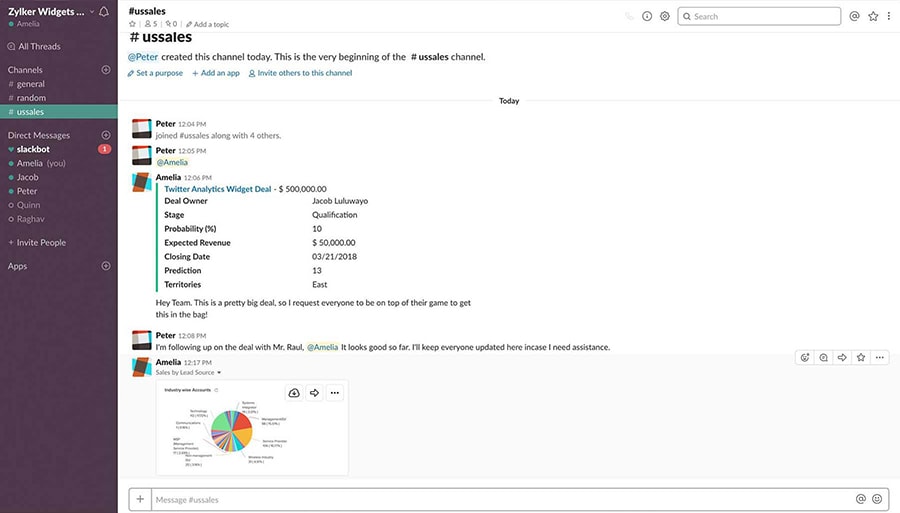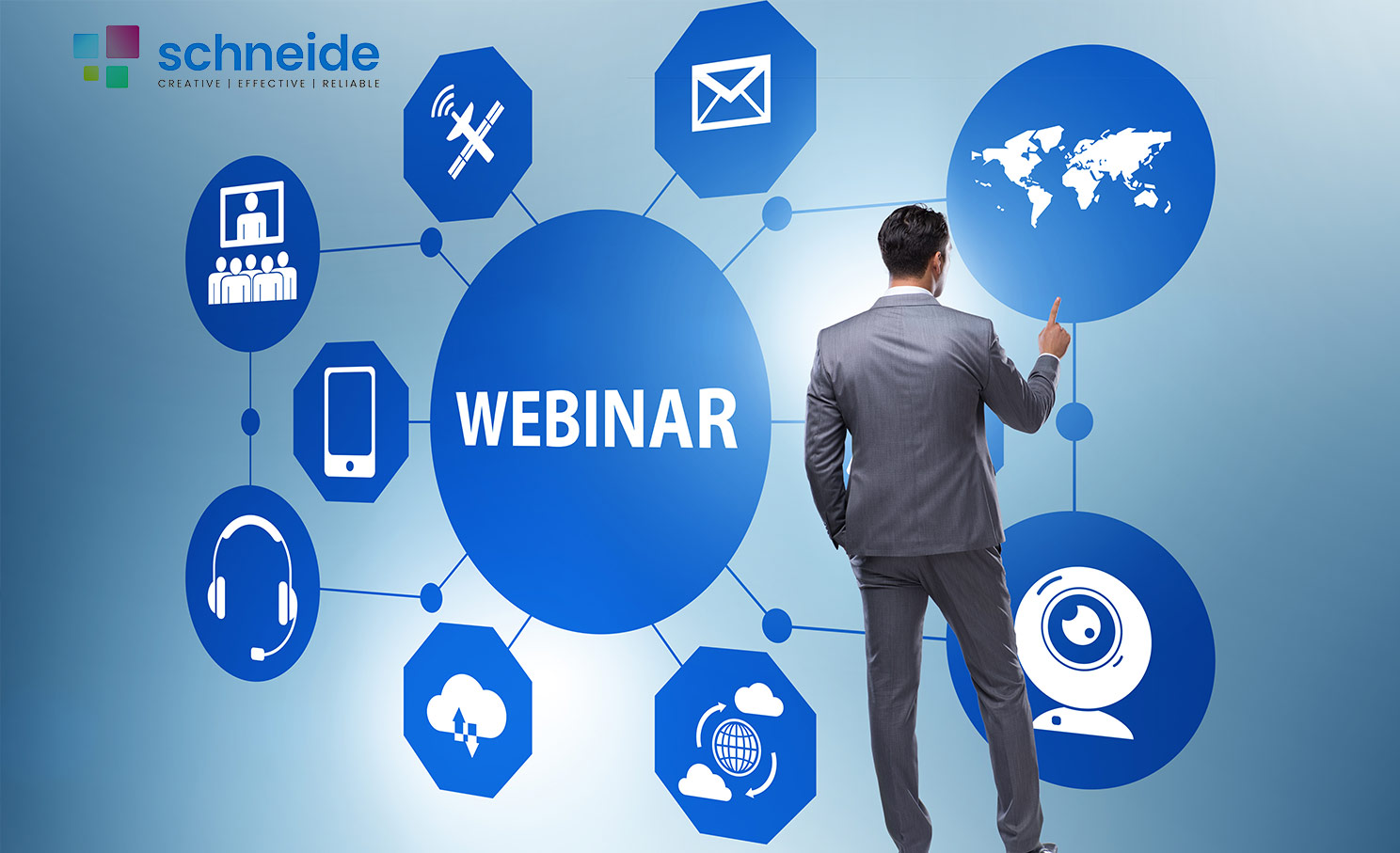
Small Business CRM Security in 2025: A Comprehensive Guide
The landscape of business is constantly evolving, and with it, the threats to your valuable data. For small businesses, Customer Relationship Management (CRM) systems are no longer a luxury; they’re a necessity. They streamline operations, enhance customer interactions, and drive growth. But as CRM systems become more integral, so too does the importance of securing them. This comprehensive guide will delve into the critical aspects of small business CRM security in 2025, helping you navigate the evolving challenges and safeguard your business.
Why CRM Security Matters More Than Ever
In 2025, the digital realm is more interconnected than ever. Data breaches are frequent, sophisticated, and costly. Small businesses, often perceived as less secure targets, are increasingly vulnerable. A compromised CRM can lead to:
- Financial Loss: Fines, legal fees, and the cost of recovery.
- Reputational Damage: Loss of customer trust and brand erosion.
- Operational Disruption: Downtime and the inability to serve customers.
- Theft of Intellectual Property: Competitors gaining access to your strategies and customer data.
Protecting your CRM isn’t just about compliance; it’s about survival. It’s about building a relationship with your customers based on trust. When customers know their data is safe, they’re more likely to remain loyal and recommend your business to others. In a world saturated with options, security is a key differentiator.
Key Threats to Small Business CRM Security in 2025
Understanding the threats is the first step in mitigating them. In 2025, small businesses face a complex array of security challenges, including:
1. Phishing and Social Engineering
Phishing attacks remain a persistent threat. Cybercriminals use sophisticated tactics to trick employees into divulging credentials or installing malware. Social engineering, which exploits human psychology, is also on the rise. Criminals will use techniques like impersonation, pretexting, and baiting to trick your employees.
2. Malware and Ransomware
Malware, including ransomware, can encrypt your CRM data and hold it hostage. Ransomware attacks are increasingly targeted, with criminals specifically seeking out valuable data within CRM systems. The cost of recovery, both financially and in terms of downtime, can be crippling.
3. Insider Threats
Not all threats come from outside. Disgruntled employees, accidental data leaks, or even negligent behavior can compromise your CRM security. It is important to monitor your employees and have a solid data governance policy to mitigate this risk.
4. Weak Passwords and Authentication
Weak or easily guessed passwords are a primary entry point for attackers. Inadequate multi-factor authentication (MFA) leaves your CRM vulnerable to unauthorized access. Attackers can use brute-force attacks, password spraying, and credential stuffing to access your systems.
5. Cloud Security Vulnerabilities
Many small businesses use cloud-based CRM systems. While cloud providers offer robust security, vulnerabilities can still exist. Misconfigured security settings, third-party integrations, and data breaches within the cloud provider’s infrastructure can all pose risks.
6. Third-Party Integrations
CRM systems often integrate with other applications, such as marketing automation platforms, email marketing services, and payment gateways. Each integration point introduces a potential vulnerability. A breach in a connected application can expose your CRM data.
7. Lack of Security Awareness Training
Your employees are your first line of defense. If they aren’t trained to recognize and respond to security threats, your CRM is at risk. Regular security awareness training is essential to educate employees about phishing, social engineering, and other threats.
Building a Robust CRM Security Strategy in 2025
A proactive and multi-layered approach is essential to secure your CRM. Here’s a comprehensive strategy:
1. Implement Strong Password Policies and MFA
Enforce strong password requirements, including length, complexity, and regular changes. Implement multi-factor authentication (MFA) for all users, especially administrators and those with access to sensitive data. Using MFA will make it harder for attackers to access your systems, even if they have your credentials.
2. Data Encryption
Encrypt your CRM data, both in transit and at rest. Encryption protects your data from unauthorized access, even if your systems are compromised. Utilize encryption for all sensitive data, including customer information, financial details, and intellectual property.
3. Access Controls and Permissions
Implement role-based access control (RBAC) to limit user access to only the data and functionality they need. Regularly review and update user permissions to ensure they remain appropriate. This will reduce the risk of an attacker gaining access to sensitive data.
4. Regular Security Audits and Vulnerability Assessments
Conduct regular security audits and vulnerability assessments to identify and address weaknesses in your CRM system. This includes penetration testing, which simulates real-world attacks to test your defenses. These assessments will help you stay ahead of potential threats.
5. Security Awareness Training for Employees
Provide regular security awareness training to all employees. This training should cover phishing, social engineering, password security, and other common threats. Simulate phishing attacks to test employee awareness and identify areas for improvement. Keep employees up-to-date on the latest threats and best practices.
6. Data Backup and Disaster Recovery
Implement a robust data backup and disaster recovery plan. Regularly back up your CRM data and store it securely, preferably offsite. Test your recovery plan to ensure you can restore your data quickly and efficiently in the event of a breach or disaster. This will minimize downtime and data loss.
7. Monitor and Log Activity
Implement comprehensive monitoring and logging to detect suspicious activity. Monitor user logins, data access, and system changes. Review logs regularly to identify potential security incidents. Use security information and event management (SIEM) tools to automate threat detection and response.
8. Secure Cloud Configuration
If you use a cloud-based CRM, ensure that your cloud configuration is secure. Review your cloud provider’s security settings and configure them according to best practices. Use a cloud security posture management (CSPM) tool to identify and remediate misconfigurations. This will help you to ensure that your cloud environment is secure.
9. Secure Third-Party Integrations
Carefully vet all third-party integrations and ensure they are secure. Only integrate with reputable providers that have strong security practices. Regularly review and update your integrations to address any vulnerabilities. This will reduce the risk of a breach through a third-party integration.
10. Incident Response Plan
Develop and test an incident response plan to address security breaches. This plan should outline the steps to take in the event of a breach, including containment, eradication, recovery, and notification. Regularly test your plan to ensure it is effective. This will help you to minimize the impact of a security breach.
CRM Security Best Practices in 2025: A Deeper Dive
Beyond the core strategy, specific best practices can significantly enhance your CRM security posture:
1. Choose a Secure CRM Provider
When selecting a CRM provider, prioritize security. Research the provider’s security certifications (e.g., SOC 2, ISO 27001), data encryption methods, and incident response capabilities. Review their security policies and ask questions about their security practices. Select a provider that meets your security requirements.
2. Data Minimization
Collect only the data you need. Avoid storing unnecessary sensitive information in your CRM. Regularly review your data collection practices and delete any data that is no longer needed. This will reduce the amount of data that is at risk in the event of a breach.
3. Regular Software Updates
Keep your CRM software and all integrated applications up to date. Software updates often include security patches that address known vulnerabilities. Schedule regular updates and apply them promptly. This will help to protect your systems from known threats.
4. Network Segmentation
Segment your network to isolate your CRM system from other parts of your network. This limits the impact of a security breach and prevents attackers from easily moving laterally within your network. This strategy will make it more difficult for attackers to access sensitive data.
5. Zero Trust Architecture
Consider implementing a zero-trust architecture. This approach assumes that no user or device can be trusted by default, regardless of whether they are inside or outside the network perimeter. This requires strict verification of every user and device trying to access your CRM. This strategy will significantly enhance the security of your CRM system.
6. Regular Security Assessments
Conduct regular security assessments, including penetration testing and vulnerability scanning, to identify and address potential weaknesses in your CRM system. These assessments will help you stay ahead of potential threats. They should be performed by a qualified security professional.
7. Employee Background Checks
Consider conducting background checks on employees who will have access to your CRM system. This can help to identify potential insider threats and reduce the risk of data breaches. This is especially important for employees who will have access to sensitive data.
8. Data Loss Prevention (DLP)
Implement data loss prevention (DLP) measures to prevent sensitive data from leaving your CRM system. This can include monitoring data access, blocking unauthorized data transfers, and encrypting data at rest and in transit. This will help to prevent data breaches.
9. Security Information and Event Management (SIEM)
Use a SIEM tool to collect and analyze security logs from your CRM system and other connected applications. This can help you to detect and respond to security threats in real-time. SIEM tools can help you to automate threat detection and response.
10. Stay Informed
Stay up-to-date on the latest security threats and best practices. Subscribe to security newsletters, attend webinars, and follow industry blogs. This will help you to stay ahead of potential threats and improve your security posture.
The Role of AI and Automation in CRM Security in 2025
Artificial intelligence (AI) and automation are playing an increasingly important role in CRM security. AI can be used to:
- Detect Anomalies: AI algorithms can analyze user behavior and system activity to identify unusual patterns that may indicate a security breach.
- Automate Threat Response: Automation can be used to respond to security incidents automatically, such as blocking malicious IP addresses or isolating infected systems.
- Improve Threat Intelligence: AI can be used to analyze threat intelligence data and identify emerging threats.
Automation can streamline security tasks, such as vulnerability scanning and patch management, freeing up security professionals to focus on more strategic initiatives. AI-powered security tools are becoming more sophisticated and can provide a significant advantage in the fight against cyber threats. However, it’s important to understand that AI is a tool; it needs to be implemented and managed effectively. Don’t rely solely on AI; it’s vital to have a comprehensive security strategy.
Compliance and Regulatory Considerations for CRM Security
Small businesses must comply with various data privacy regulations, such as:
- GDPR (General Data Protection Regulation): Impacts businesses that handle the personal data of EU citizens.
- CCPA (California Consumer Privacy Act): Protects the privacy rights of California residents.
- HIPAA (Health Insurance Portability and Accountability Act): Applies to businesses that handle protected health information.
Compliance with these regulations requires implementing specific security measures to protect customer data. Failure to comply can result in significant fines and legal repercussions. Staying informed about evolving regulations and adapting your security practices accordingly is critical.
The Future of Small Business CRM Security
The future of small business CRM security will be shaped by evolving threats, technological advancements, and regulatory changes. Key trends to watch include:
- Increased Automation: AI and automation will play an even greater role in threat detection, response, and security management.
- Zero Trust Adoption: Zero-trust architectures will become more prevalent, requiring stronger authentication and authorization.
- Focus on Data Privacy: Data privacy regulations will continue to evolve, placing greater emphasis on data minimization, consent management, and data security.
- Cybersecurity Insurance: Cybersecurity insurance will become increasingly important to protect against the financial impact of data breaches.
Small businesses that proactively adapt to these trends will be best positioned to protect their data and build customer trust. Continuous learning, investment in security, and a proactive approach are essential for success in the ever-changing landscape of CRM security.
Conclusion: Securing Your Future with a Secure CRM
In 2025, CRM security is no longer optional; it’s a fundamental requirement for small businesses. By implementing a robust security strategy, staying informed about emerging threats, and proactively adapting to change, you can protect your valuable data, build customer trust, and ensure the long-term success of your business. The investment in CRM security is an investment in your future. Don’t delay; start securing your CRM today.


